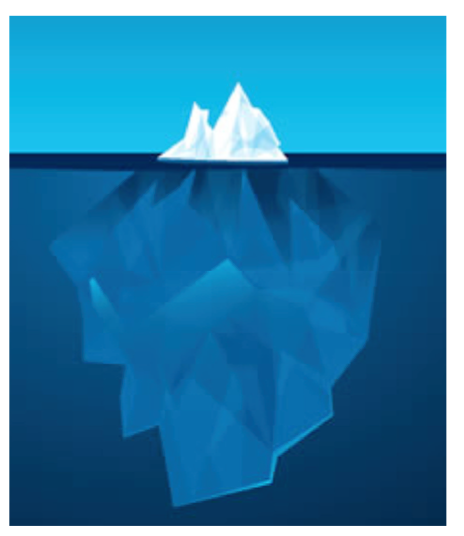
Reading:
“Tangible Bits: Beyond Pixels”, Hiroshi Ishi, 2008 – MIT Media Lab
Response:
Tangible interfaces can express information regular screens cannot. The TUIs act upon senses other than sight and hearing by providing physical feedback to relay information. This additional information about the subject matter can be provided by means of force, movement, size, heat or any other way to invoke more senses. Think of a screen that is able to transform its surface to feel like velvet and show in 3D the item you are designing. TUIs gives you information you can touch.
The 3D nature of TUIs can potentially aid in education with applications that could enhance motor skills, sculpting, modeling, movement understanding and several other concepts that would be easier to learn through direct physical representations. As TUIs evolve to offer more resolution and proximity to what they are actually modeling, will serve to enhance virtual reality and immersive environments by providing stimuli to all of our senses in unison to represent information.
The application of TUI that I find more interesting is “Tangible Telepresence”. As I understand it, this type is the one who most actuates your senses in comparison to the other types. This modality attempts to bring some realism about what you are observing into your experience. It will attempt to convey the amount of acceleration force a race car driver is feeling while you watch a race. It will make you feel the vibration patterns created by wave sounds colliding in a physics experiment. It will help you choose clothes based on how the cloth feels instead of relying solely on how it looks.
Notes
